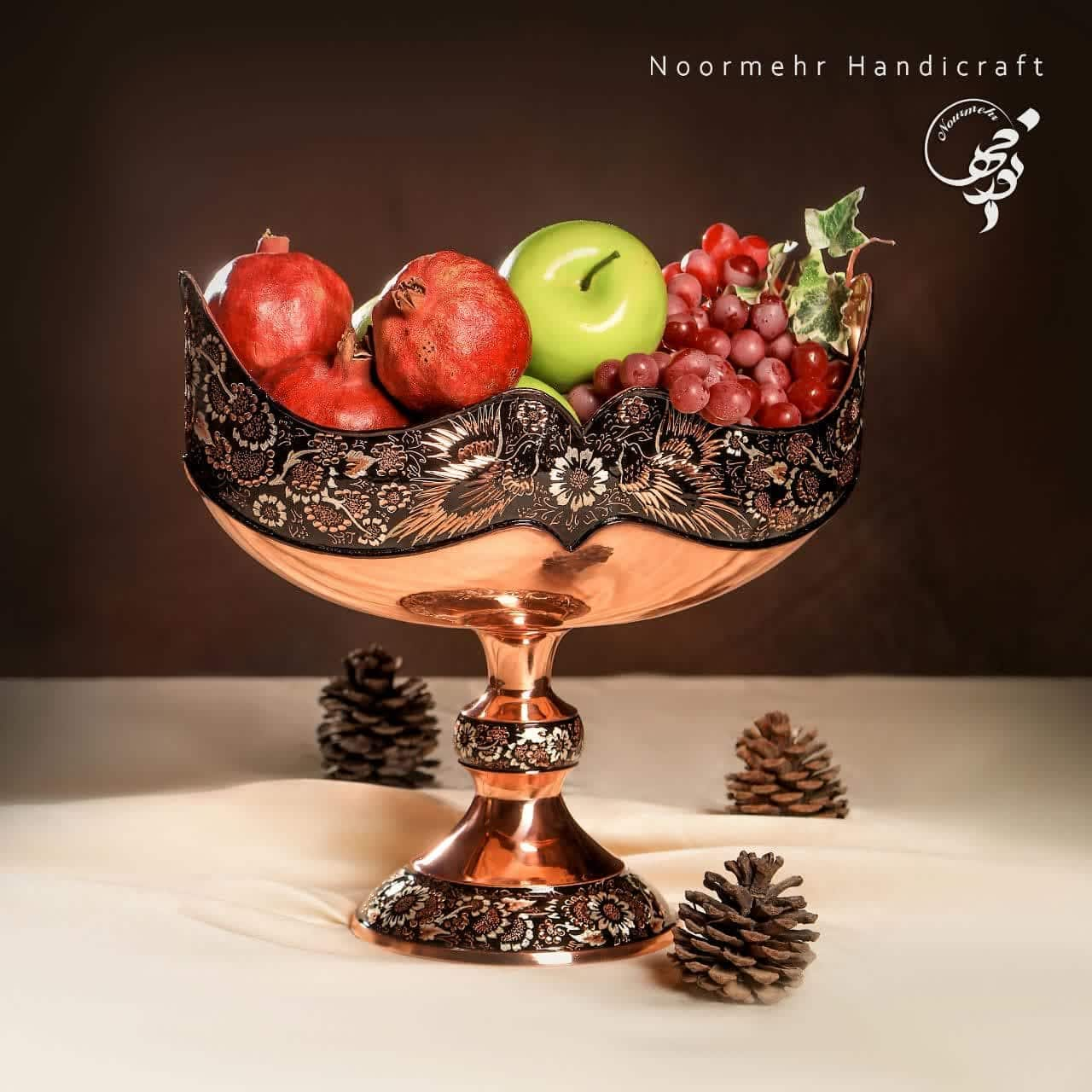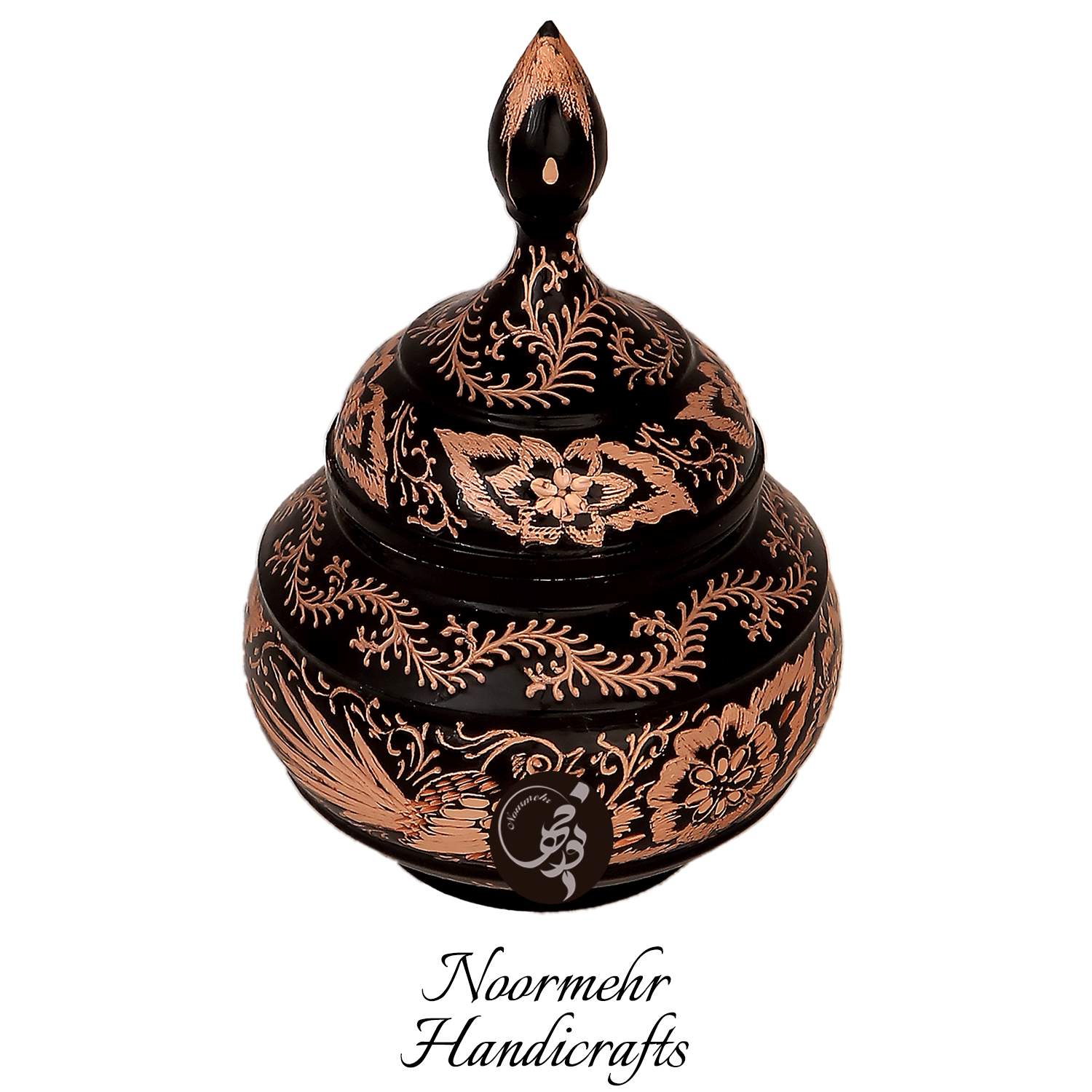Craft dishes
Craft dishes refer to culinary creations that emphasize artisanal techniques, high-quality ingredients, and a focus on traditional or handmade methods of preparation. These dishes often showcase the skill and craftsmanship of the chef, with an attention to detail and a dedication to bringing out the natural flavors of the ingredients.
The craft movement in the culinary world celebrates authenticity and a return to traditional methods, offering a dining experience that goes beyond mere sustenance, engaging the senses and appreciating the artistry behind each plate.
Craft dishes refer to handmade or artisanal dishes that are created with skill and creativity. These dishes often showcase unique designs, intricate details, and high-quality craftsmanship. They can be made from various materials such as ceramic, glass, wood, or metal. Craft dishes are not only functional but also serve as decorative pieces that add beauty and charm to any dining table or kitchen.
Craft dishes are not only functional for serving meals but also serve as beautiful pieces of art. They can be used for special occasions, as well as everyday dining, adding a touch of elegance and uniqueness to any table setting.
When it comes to exporting dishes, there are several important considerations and rules that need to be followed to ensure compliance with international trade regulations and food safety standards. Here are some general guidelines:
1. Compliance with regulations: Exporting dishes requires adherence to the regulations and requirements of both the exporting and importing countries. This includes customs regulations, documentation, labeling, and packaging standards. It is essential to research and understand the specific regulations of the target market.
2. Food safety standards: Exported dishes must meet certain hygiene and safety standards to prevent contamination and ensure consumer safety. This includes maintaining proper temperature control during transportation, proper handling and storage, and compliance with relevant food safety certifications and regulations.
3. Ingredient restrictions: Some countries have specific restrictions on certain ingredients due to health concerns, religious beliefs, or cultural reasons. It's crucial to be aware of any ingredient restrictions in the target market and ensure compliance with them.
4. Packaging and labeling: Proper packaging and labeling are essential for exported dishes. The packaging should be durable and suitable for long-distance transportation, providing adequate protection to prevent damage. Labels should include important information such as product name, ingredients, nutritional information, allergen warnings, and any required certifications or country-specific labeling requirements.
5. Documentation: Exporting dishes involves various documentation, such as commercial invoices, certificates of origin, packing lists, and health or sanitary certificates. These documents serve as proof of compliance and facilitate customs clearance in the importing country.
6. Product shelf life and stability: Depending on the type of dish, its shelf life and stability during transportation should be considered. Some dishes may require refrigeration or specific packaging techniques to maintain their quality and freshness.
7. Transportation logistics: Exported dishes need to be transported in a way that ensures they arrive at their destination in optimal condition. This may involve using temperature-controlled containers, choosing appropriate shipping methods, and working with reliable logistics partners experienced in food transportation.

It's important to note that the specific rules and requirements for exporting dishes can vary depending on the countries involved and the type of dish being exported. It is advisable to consult with relevant government agencies, trade organizations, or legal experts with expertise in international trade to ensure compliance with all necessary regulations and requirements.
Craft dishes can be exported using transshipment, but it is not the only method of transportation. Transshipment refers to the process of transferring goods from one vessel to another at an intermediate location during the transportation journey. It is commonly used when there are multiple legs or routes involved in the shipment.
When exporting craft dishes, there are various transportation options available, depending on factors such as distance, cost, time, and the infrastructure available. Some common methods of transportation for exporting dishes include:
1. Air freight: This is a fast and efficient method for exporting perishable or time-sensitive craft dishes. Air cargo allows for quick transportation to distant markets, and it often includes temperature-controlled options to maintain the quality and freshness of the dishes.
2. Sea freight: Shipping craft dishes via ocean vessels is a cost-effective option for long-distance exports. It may involve using refrigerated or insulated containers to ensure proper temperature control during transit. Transshipment may be necessary if multiple vessels or routes are involved.
3. Land transportation: For exporting craft dishes to neighboring countries or regions, land transportation options such as trucks or trains may be used. This method is often chosen when the distance is relatively short, and it allows for more control over the transportation process.
4. Intermodal transportation: Intermodal transportation involves using multiple modes of transport, such as combining trucking and sea freight or rail and air freight. It offers flexibility and efficiency in moving craft dishes across different regions or countries.

The choice of transportation method depends on various factors, including the nature of the craft dishes, the destination, budget, time constraints, and the availability of infrastructure and logistics services. Exporters often work with logistics providers or freight forwarders who specialize in handling food products to ensure the appropriate mode of transportation is selected and all necessary requirements are met.
Craft dishes are not only functional for serving meals but also serve as beautiful pieces of art. They can be used for special occasions, as well as everyday dining, adding a touch of elegance and uniqueness to any table setting.


FAQs
What are craft dishes include?
Craft dishes are culinary creations made using traditional methods and high-quality ingredients. They are typically handmade or produced in small batches. Examples include artisanal bread, handcrafted cheeses, small-batch chocolates, craft beers, handmade pasta, specialty cured meats, hand-roasted coffee, homemade preserves, and traditional regional dishes. Craft dishes emphasize craftsmanship, unique flavors, and artisanal techniques. They showcase the culinary heritage and creativity of skilled artisans and are appreciated for their quality and attention to detail.
What are handmade dishes made from?
Handmade dishes can be made from a variety of ingredients, including grains, fresh produce, meat, seafood, dairy products, legumes, oils, and sweeteners.
Are there any specific cooking techniques or methods that are commonly used for handmade dishes?
Yes, there are specific cooking techniques commonly used for handmade dishes, such as baking, roasting, grilling, sautéing, simmering, braising, and steaming.
What are some examples of dishes that are commonly baked or roasted?
Examples of dishes commonly baked or roasted include: - Roast chicken or turkey - Baked lasagna or casseroles - Roasted vegetables (e.g., potatoes, carrots, Brussels sprouts) - Baked salmon or fish fillets - Roasted pork loin or beef tenderloin - Baked breads and pastries (e.g., bread rolls, cakes, pies)
























